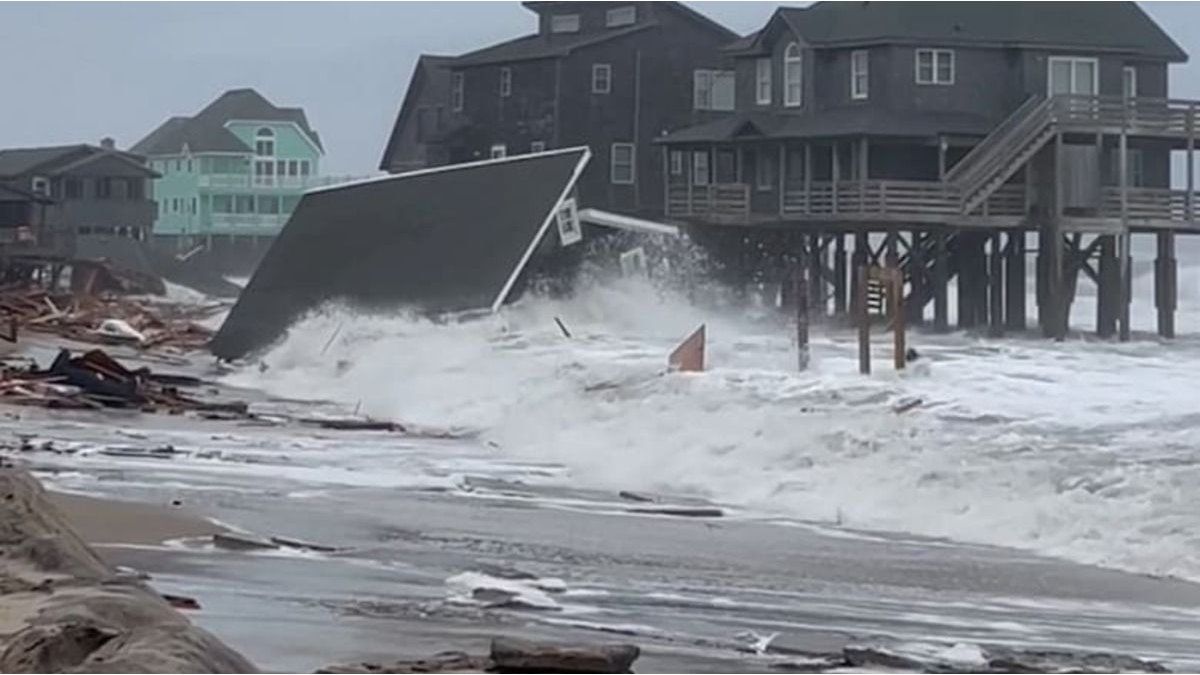The meteorological summer (June, July, August) lasts another two weeks. But it’s already clear that it’s right at the top of the list of the hottest in measurement history. “If you take into account the forecast trend until the end of the month, the summer of 2022 in the lowlands and on the mountains of Austria will be in the range of the summer of 2015, the third warmest summer in the history of measurements,” said Alexander Orlik from the Central Institute for Meteorology and Geodynamics (ZAMG) on Thursday.
“Whether it will be third or fourth place will be decided in the last days of August. 2003 and 2019 are still in first place in the lowlands of Austria and in the mountains the warmest summer was 2003 and 2019 is in second place,” reported the meteorologist.
The number of hot days (at least 30 degrees) in 2022 is already well above the already high average of the climate period from 1991 to 2020. In most state capitals there were already around 40 percent more this year hot days than the average of the last 30 years – up to and including August 17 in Bregenz 18, in Linz and Salzburg 19, in St. Pölten 24, in Graz 25, in Klagenfurt and Innsbruck 31, in Eisenstadt 33 and in the center of Vienna 36 hot days.
“The number of hot days has increased significantly over the past 30 years. Before 1990 there would be so many hot days like this year was a record,” stressed Orlik. “Meanwhile, the records are 40 hot days, achieved in 2003 or 2015.”
Water could also become scarce in Austria
In Europe and even in “water-spoiled” countries like Austria, the water supply could become tight in the future, hail insurance warns: the population is growing, temperatures are rising, but the water is no longer there. According to this, around 3.1 cubic kilometers, more than 3,000 billion liters, are withdrawn from the water reservoir and reserves in Austria every year.
“In view of the current drought with falling groundwater levels, protecting the water with regard to the drinking water supply from groundwater, spring water and high spring water as well as resource-saving use is more important than ever,” said CEO Kurt Weinberger. “Of this, 70 percent is used by industry, 13 percent by households, eleven percent by trade, only four percent by agriculture and two percent for other uses.”
Clearing in Ohlsdorf “irresponsible”
As a result of climate change, the precipitation pattern is changing or there is no precipitation over a longer period of time, as is currently the case – in combination with the rise in temperature, this is fatal, according to the broadcast. Soil consumption also has a negative effect on groundwater recharge because precipitation cannot seep into asphalt and concrete. For example, the large-scale clearing of the federal forest for a logistics center like the one recently approved by the authorities in Ohlsdorf (Upper Austria) is “irresponsible”.
Furthermore, Weinberger criticized that 11.5 hectares of land would be built up every day for roads, shopping centers and real estate. “Climate change with temporary, strong precipitation deficits, the sealing of the soil and the regulation of the rivers with the resulting erosion of the river bed have a lasting negative effect on the groundwater level. We are currently seeing the consequences using the example of Austria’s lakes, such as Lake Neusiedl and Seewinkel , but also the water supply in the rivers. Therefore, the renaturation of rivers and wetlands as well as the reduction of soil consumption is urgently needed,” Helmut Habersack, head of the Institute for Hydraulic Engineering, Hydraulics and River Research at the University of Natural Resources and Life Sciences in Vienna, was quoted as saying.
Weinberger pleaded for measures “where we have it in our own hands – for example a speed reduction in private transport, up to a binding package of measures for the federal states and municipalities in the fight against land consumption”. Water consumption must become much more efficient everywhere, and industry is particularly challenged here.
Source: Nachrichten




